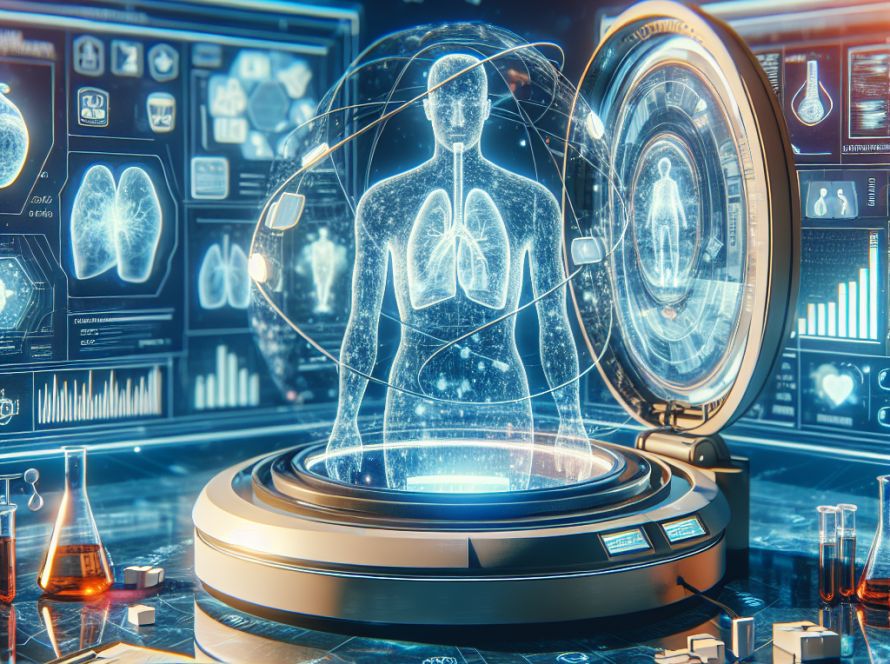Researchers from MIT and the Chinese University of Hong Kong have developed a machine-learning based digital simulator that can more precisely model specific photolithography manufacturing processes used in creating computer chips and optical devices like lenses. The simulator is designed to help close the gap between design and manufacturing, as tiny deviations during the manufacturing often render devices dissimilar to their original designs.
Photolithography is a complicated process that involves manipulating light to etch precise features onto a surface. Owing to its complexity and inherent minuscule deviations, current design approaches which heavily rely on general physics-derived equations often fall short of capturing the specificities of a particular system. In contrast, the new simulator, called “neural lithography”, uses real data from a user’s item along with physics-based equations to better model the photolithography system.
The MIT model consists of two separate simulators: a digital lithography simulator that considers how light is projected on the surface and a resist model that accounts for how the photochemical reaction produces features on the surface. Within a larger framework, these two simulators collaborate to help users create a design that can attain their specified performance goals. The simulator incorporates a machine-learning model which is fed real data on designs, their associated fabricated structures, and the deviations to learn the nuances of the manufacturing process.
This simulator was tested with a holographic element that produces a butterfly image when illuminated. The result was a near-perfect butterfly that very closely followed the design. Another successful test was a multilevel diffraction lens that provided a much-improved image quality than other devices.
The team plans to optimise their algorithms for complicated devices and test the system with consumer cameras. Furthermore, they aim to make their approach applicable for other photolithography systems that use deep or extreme ultraviolet light. This development could potentially improve the manufacture of precise optical devices and has broad applications ranging from mobile cameras to medical imaging and telecommunications.
The research was partly funded by the U.S. National Institutes of Health, Fujikura Limited, and the Hong Kong Innovation and Technology Fund. The paper on this work is open-access and the research will be presented at the upcoming SIGGRAPH Asia Conference.


